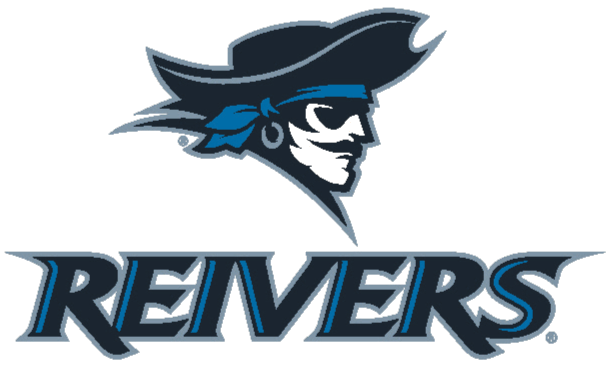Most of us will experience back pain at some point in our lives. Here are just a few of the common conditions that can be contributing to the pain:
1. Sprains and Strains
A strain is an injury to a muscle or tendon, and a sprain is the stretching or tearing of a ligament. These types of injuries usually happen from lifting a heavy object incorrectly, lifting and twisting, poor posture, accidents, or from sports injuries.
You may experience muscle spasms, lower back pain radiating into the buttocks, stiffness, and pain that intensifies with movement.
2. Spinal Stenosis
Normal wear-and-tear as we age can lead to the narrowing of the spinal canal. Spinal stenosis occurs most often in the lower back and the neck. It puts pressure on the spinal nerves and cord which causes the pain. Most often, the symptoms include neck or back pain, cramps or weakness in the arm or leg, and pain going down the leg.
3. Disc Degeneration
Degenerative disc disease is the breakdown of the spinal discs that cushion the bones in the spine. Spinal discs are found between your vertebrae and over time they can deteriorate, shrink, or tear. It’s technically not a disease, but a progressive condition that happens from aging, normal wear and tear, or from an injury.
Degenerative disc disease can cause back or neck pain, but many people do not experience pain. A disc in the neck area might cause neck or arm pain, while a disc located in the lower back might lead to pain in the back, buttocks, or leg. The pain may become more intense during movements such as bending over, reaching, or twisting.
4. Herniated Discs
A herniated disk is sometimes called a “slipped” or “ruptured” disc and can occur in the back or the neck leading to pain in these areas. The discs are shock absorbers and located in between the vertebrae. The disc becomes herniated when the soft (nucleus) center of it pushes through a tear in the rubbery exterior (annulus) of the disc. When the herniated disc bulges out toward the spinal canal, that pressure on those sensitive nerves causes pain. The most common symptoms include arm and leg pain, numbness, tingling, and muscle weakness.
5. Sacroiliac Joint Pain
There are two Sacroiliac (SI) joints in your lower back, sitting on each side of your spine. They carry the weight of your upper body when you stand or walk and shift that load to your legs. Like any other joint in the body, the SI joint can be injured and/or become degenerative. When this happens, you can feel pain in your buttock and sometimes in the lower back and legs. This is especially true while lifting, running, walking or even sleeping on the involved side. SI joint problem symptoms include lower back pain, pelvis or buttock pain, hip or groin pain, leg instability, or pain when you go from sitting to standing.
6. Sciatica
Sciatica is a condition where a protruding, or herniated, disc in your spine is pressing on nerves. This pinching creates inflammation and irritation, which leads to symptoms such as prickling, numbness, pain, and possibly weakness of the leg and foot. You may feel pain suddenly in your lower back or hip that goes to the back of your thigh and into your leg. Sometimes your feet and toes feel tingly and numb. You may even feel shooting, electrical pains up and down the back or the outside of your thighs and calves.
Address the Pain
These are just a few of the common reasons for back pain. Many back condition symptoms can be similar and it’s important to see a spine specialist if the pain is keeping you from enjoying your day-to-day life.
A spine specialist, like Dr. Ricart, can create a custom treatment plan for you to diagnose the issue, find methods to reduce your pain, and provide guidance on ways to prevent future back pain.
Contact us at 712-323-5333 to schedule your appointment with Dr. Ricart and get back to doing the things you enjoy!

